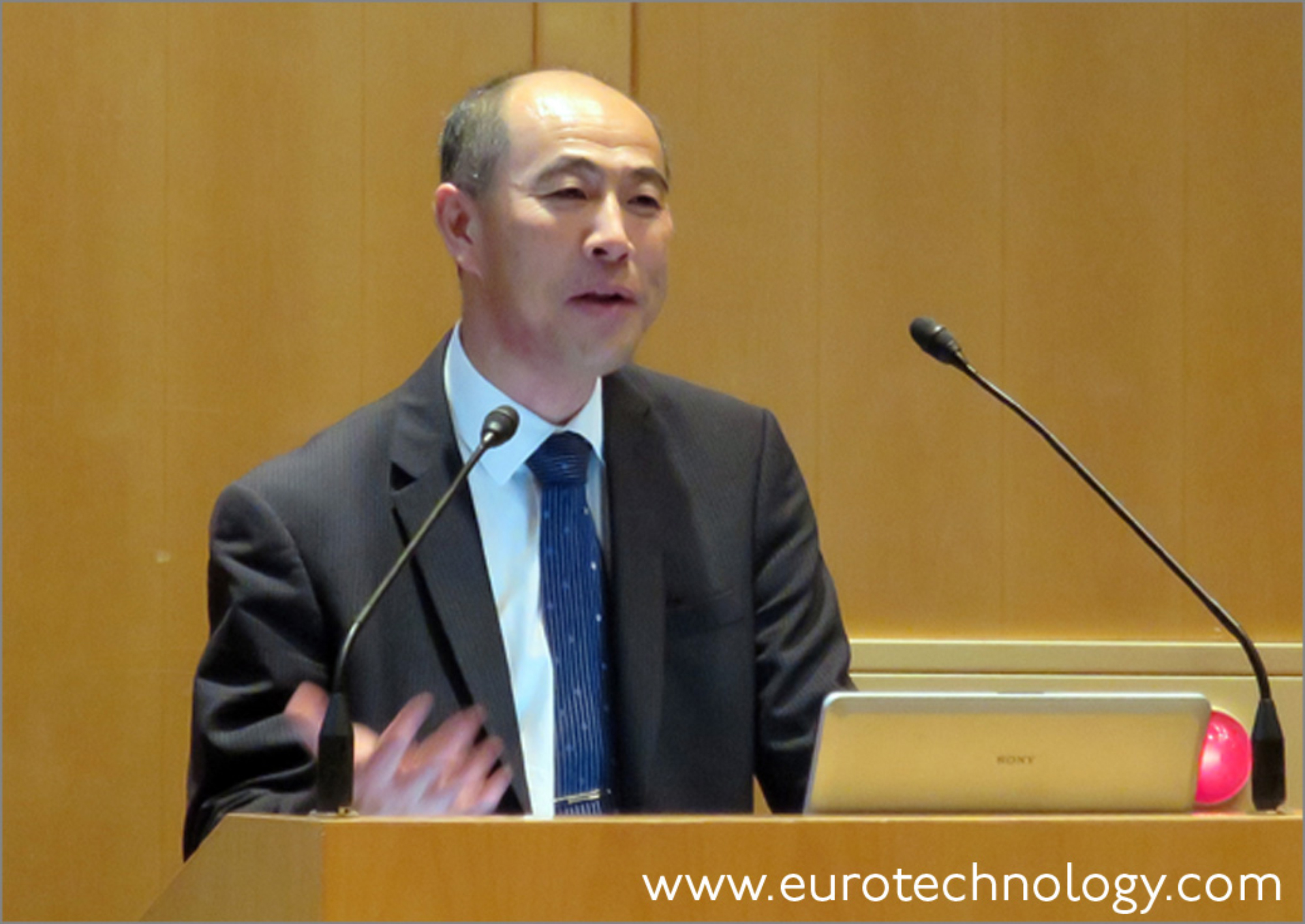Tag: takeo hoshi
-

Abenomics – and – Why did Japan stop growing?
Professor Takeo Hoshi, Professor of Economics at Stanford, about Abenomics success probability Abenomics success probability is 12%, 88% probability of failure Takeo Hoshi, Professor at Stanford University, who devotes his life to work on Japan’s economy at US Universities, gave a talk at the Swedish Embassy organized by the Stockholm School of Economics on Monday,…